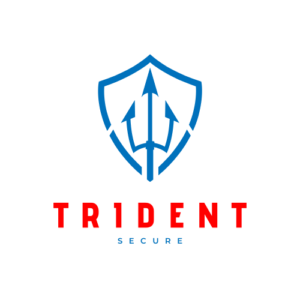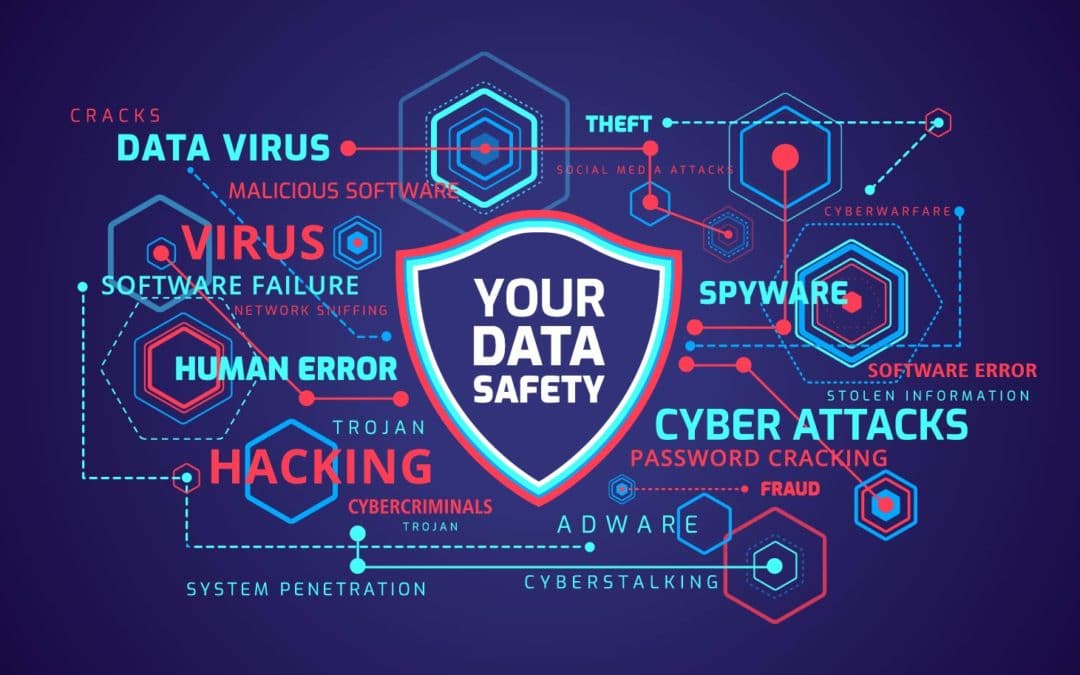Cybersecurity is more important now than it has ever been as we navigate the digital age. The sophistication of cyber assaults has increased, seriously harming organizations around the world. In Particular, Small and Medium-sized Businesses (SMBs) have been a target of these hacks. This article on the blog lists some of the most important cyber security risks that SMBs are presently facing and offers practical guidance on how to defend against them.
Phishing attacks
One of the most common hazards to SMBs continues to be phishing attempts, in which hackers pose as reliable organizations to deceive consumers into revealing important information. A phishing attempt affected one in four SMBs in the past year, according to a survey by Keeper Security.
Phishing attacks primarily aim to collect sensitive information, such as login credentials, credit card numbers, or even personal identification details. Armed with this information, cybercriminals can perpetrate a variety of damaging actions, ranging from unauthorized fund transfers to identity theft.
It’s also critical to be wary of phishing scams with a more narrow focus. For instance, spear phishing involves extremely targeted assaults on certain people or businesses, whereas whaling attacks target high-profile targets like business executives.
Protection Advice: Implement a trustworthy email security solution and train your staff on how to spot phishing emails, use multifactor authentication for all users, and develop a proper security awareness training plan to educate users on phishing attacks and how to spot them.
Ransomware Attacks
Attacks using ransomware, in which cybercriminals encrypt a company’s data and demand payment to decrypt it, are becoming more frequent. Ransomware attacks grew by 62% worldwide in 2022, with SMBs being a common target.
A ransomware assault can have catastrophic effects. Businesses suffer from downtime, a loss of customer trust, and potential legal ramifications if customer data is compromised, in addition to the immediate financial loss from either paying the ransom or coping with the effects of data loss. Data breaches can result from ransomware that exfiltrates data before it is encrypted. Furthermore, there is no assurance that paying the ransom would lead to the secure recovery of your data or its decryption. The FBI and other cybersecurity authorities typically advise against paying ransoms since doing so encourages criminal behavior and offers no assurance that the problem will be resolved.
Protection Advice: To detect and eliminate threats, regularly back up your data, maintain your systems up to date, use an endpoint detection and response security solution, and develop a proper security awareness training plan to educate users on the risks of ransomware attacks.
Insider Threats
Insider threats, which originate from within the organization, often go overlooked in the grand scheme of cyber threats. These threats can arise from current employees, former employees, contractors, or anyone else with inside information or access to the organization’s IT infrastructure. Whether through malicious intent or innocent mistakes, insider threats pose a significant risk to SMBs. According to a report by Proofpoint, insider threats contributed to 30% of all breaches in 2021.
One reason insider threats are so damaging is because of the level of access and trust these individuals possess. They can cause significant harm from within an organization, either by stealing sensitive data for personal gain, sabotaging systems out of spite, or unwittingly exposing data due to negligence or a lack of knowledge. The range of potential insider threats is vast – from simple human errors, like sending confidential files to the wrong person, to more sinister activities like deliberate data theft or sabotage.
Interestingly, the pandemic-induced shift towards remote work has further amplified the risk of insider threats. The blending of personal and professional digital environments can lead to relaxed security practices, making it easier for malicious insiders to operate and harder for businesses to detect t
Protection Advice: Implement stringent user access rules, implement employee monitoring and tracking, and provide your team with frequent cybersecurity training.
Attacks along the Supply Chain
Supply chain assaults are a type of cyber threat in which hackers breach a company’s network by taking advantage of weaknesses in its supply chain. Through the use of this technique, attackers can access organizations without being detected directly. For instance, malicious software could be installed or updated by a trusted vendor that enables hackers access to the client’s network. The SolarWinds attack of 2020, which impacted thousands of businesses and government organizations, serves as a clear reminder of the gravity of this threat. Attacks on the supply chain have increased by a startling 78% in the last year, according to a report by Accenture.
Today’s worldwide supply chains are so complicated that it is difficult to protect every component. This is a serious problem for SMBs who lack considerable security resources. Additionally, many companies might not be aware of the whole list of their suppliers or the security protocols those suppliers have in place, which makes them more vulnerable.
Attacks on supply chains are particularly harmful because they take advantage of established connections and frequently go unnoticed for long stretches of time. They can be used as a jumping-off point for other assaults within a network, to exfiltrate data, or to disseminate malware.
Protection Advice: Make sure your third-party providers’ security procedures are in line with your company’s standards by periodically reviewing them.
In today’s hyper-connected world, cybersecurity threats are constantly evolving, becoming more intricate and potent. As these challenges continue to grow, it’s paramount that SMBs remain proactive, taking the necessary steps to fortify their defenses, educate their staff, and safeguard their future.
That’s where SOClogix steps in. Our team of seasoned cybersecurity professionals specializes in helping SMBs navigate the intricate landscape of cybersecurity threats. We can provide you with personalized strategies tailored to your business’s unique needs, ensuring that your valuable data and hard-earned reputation stay protected.
As a partner in your cybersecurity journey, SOClogix can provide ongoing monitoring, advanced threat detection, incident response, and continuous training to keep your team informed and prepared. Understanding your cybersecurity vulnerabilities is the first step. Let SOClogix help you take the next.
Don’t wait for a cyber attack to take action. Contact SOClogix today and fortify your business’s defenses against the ever-evolving cyber threats of the digital age.






